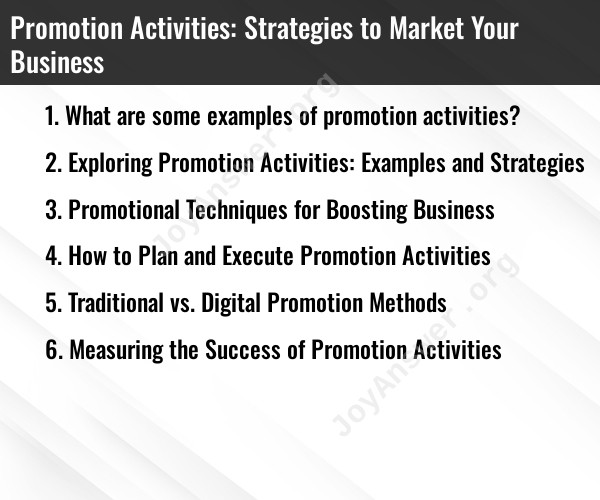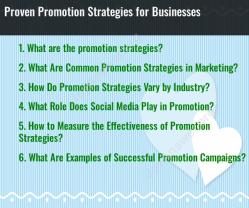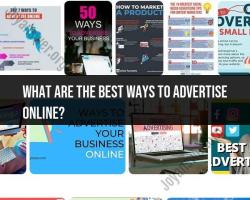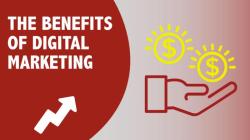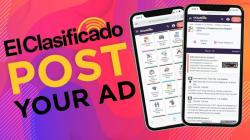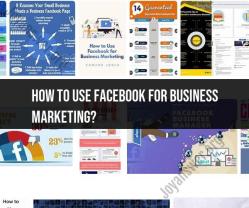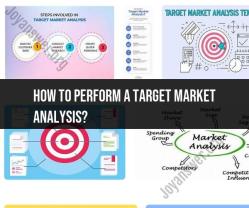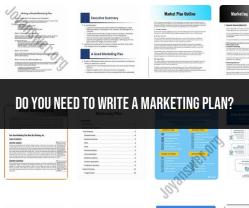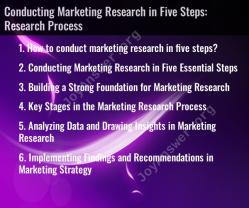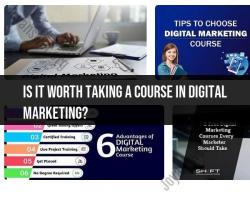What are some examples of promotion activities?
Promotion activities are essential for marketing your business and reaching your target audience. They encompass a wide range of strategies and tactics to create awareness, generate interest, and ultimately drive sales. Here are some examples of promotion activities:
Advertising:a. Paid online advertising (e.g., Google Ads, social media ads)b. Print advertising (newspapers, magazines)c. Radio and television commercialsd. Outdoor advertising (billboards, bus ads)
Content Marketing:a. Blog postsb. Ebooks and whitepapersc. Infographicsd. Videos and webinarse. Podcasts
Social Media Marketing:a. Creating and sharing engaging content on platforms like Facebook, Instagram, Twitter, LinkedIn, and TikTokb. Running social media contests and giveawaysc. Influencer partnerships
Email Marketing:a. Sending newsletters and promotional emails to your subscriber listb. Personalized email campaignsc. Drip email sequences
Public Relations (PR):a. Writing press releases and distributing them to media outletsb. Securing media coverage in newspapers, magazines, TV, and online publicationsc. Organizing events and press conferences
Search Engine Optimization (SEO):a. Optimizing your website to rank higher on search enginesb. Creating valuable content that appeals to both users and search enginesc. Building high-quality backlinks
Influencer Marketing:a. Partnering with influencers to promote your products or servicesb. Influencer reviews and endorsementsc. Collaborative content creation
Promotions and Discounts:a. Limited-time offersb. Buy one, get one (BOGO) dealsc. Loyalty programs and customer rewards
Trade Shows and Exhibitions:a. Participating in industry-specific eventsb. Showcasing your products or services to a live audiencec. Networking with potential customers and business partners
Content Sponsorship:a. Sponsoring content on popular websites or platformsb. Collaborating with content creators for branded content
Guerrilla Marketing:a. Unconventional and attention-grabbing marketing stuntsb. Street art and installationsc. Viral campaigns
Referral Programs:a. Encouraging customers to refer friends and family in exchange for rewards or discountsb. Affiliate marketing programs
Direct Mail Marketing:a. Sending promotional materials via postal mailb. Catalogs, brochures, postcards
Product Demonstrations and Sampling:a. Offering free samples of your productb. Hosting live demonstrations at events or in-store
Mobile Marketing:a. SMS marketing campaignsb. Mobile app promotionsc. Location-based marketing
Community Engagement:a. Sponsorship of local events or organizationsb. Hosting community eventsc. Supporting charitable causes
The effectiveness of these promotion activities may vary depending on your business, target audience, and industry. It's often beneficial to use a combination of these strategies to create a well-rounded marketing plan that can reach your potential customers through multiple channels.
Exploring Promotion Activities: Examples and Strategies
Promotion activities are any activities that a business undertakes to raise awareness of its products or services and to persuade potential customers to buy them. There are many different types of promotion activities, and the best approach for a particular business will vary depending on its target market and budget.
Some common examples of promotion activities include:
- Advertising: This can be done through a variety of channels, such as television, radio, print, and online.
- Public relations: This involves building relationships with the media and other stakeholders to generate positive publicity for the business.
- Sales promotion: This involves offering discounts, coupons, and other incentives to encourage customers to buy.
- Direct marketing: This involves communicating directly with potential customers through email, direct mail, or telemarketing.
- Personal selling: This involves face-to-face sales interactions between the business and its customers.
Promotional Techniques for Boosting Business
There are a number of promotional techniques that businesses can use to boost their sales and profitability. Some of the most effective techniques include:
- Targeting the right audience: Businesses need to identify their ideal customers and focus their promotional efforts on reaching them.
- Creating a strong brand identity: A strong brand identity will help businesses to stand out from their competitors and attract customers.
- Offering unique value propositions: Businesses need to offer something that their competitors do not in order to attract and retain customers.
- Making it easy for customers to buy: Businesses need to make it as easy as possible for customers to buy their products or services. This may involve offering multiple payment options, a convenient online shopping experience, and easy returns and exchanges.
How to Plan and Execute Promotion Activities
When planning and executing promotion activities, businesses need to consider the following factors:
- Objectives: What do they want to achieve with their promotion activities? Do they want to increase brand awareness, generate leads, or drive sales?
- Target audience: Who are they trying to reach with their promotion activities?
- Budget: How much money do they have to spend on promotion?
- Message: What message do they want to communicate to their target audience?
- Channels: What channels will they use to reach their target audience?
Once these factors have been considered, businesses can develop a promotion plan that outlines their specific goals, strategies, and tactics.
Traditional vs. Digital Promotion Methods
Traditionally, businesses have relied on traditional promotion methods such as advertising and public relations to reach their target audiences. However, in recent years, digital promotion methods such as social media marketing and email marketing have become increasingly popular.
Digital promotion methods have a number of advantages over traditional methods. They are more cost-effective, they can be more targeted, and they can be more interactive.
Measuring the Success of Promotion Activities
It is important for businesses to measure the success of their promotion activities so that they can determine which activities are most effective and make necessary adjustments.
There are a number of ways to measure the success of promotion activities, including:
- Tracking website traffic and leads: Businesses can use analytics tools to track the number of people who visit their website and the number of leads that they generate from their promotion activities.
- Monitoring social media engagement: Businesses can use social media analytics tools to track the number of people who see their social media posts, the number of people who engage with their posts, and the number of people who click through to their website from their social media posts.
- Tracking sales: Businesses can track sales data to see how their promotion activities are impacting their bottom line.
By measuring the success of their promotion activities, businesses can make more informed decisions about how to allocate their marketing budget and how to improve their marketing campaigns.
